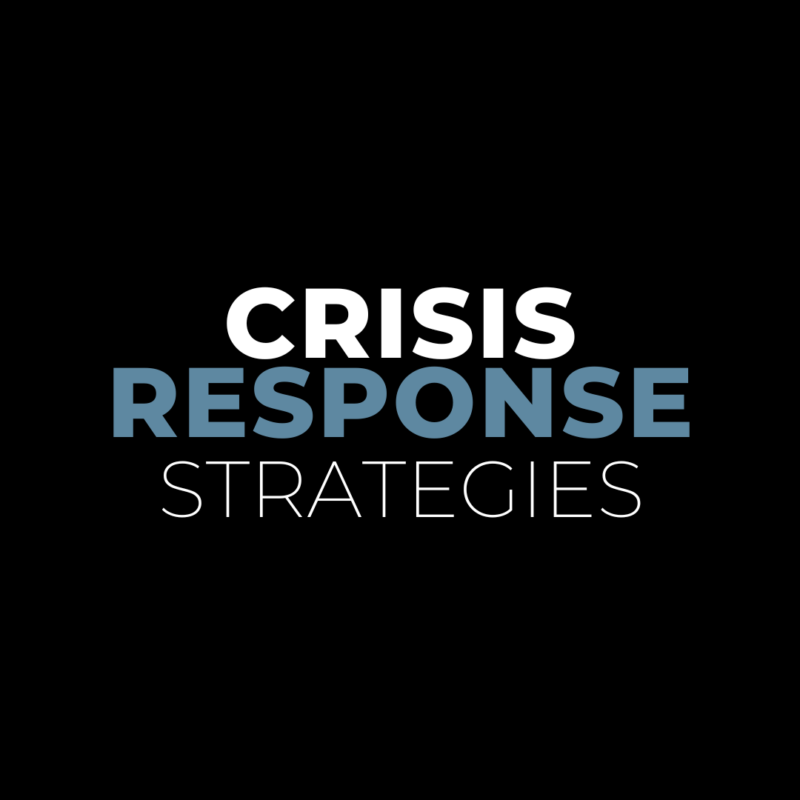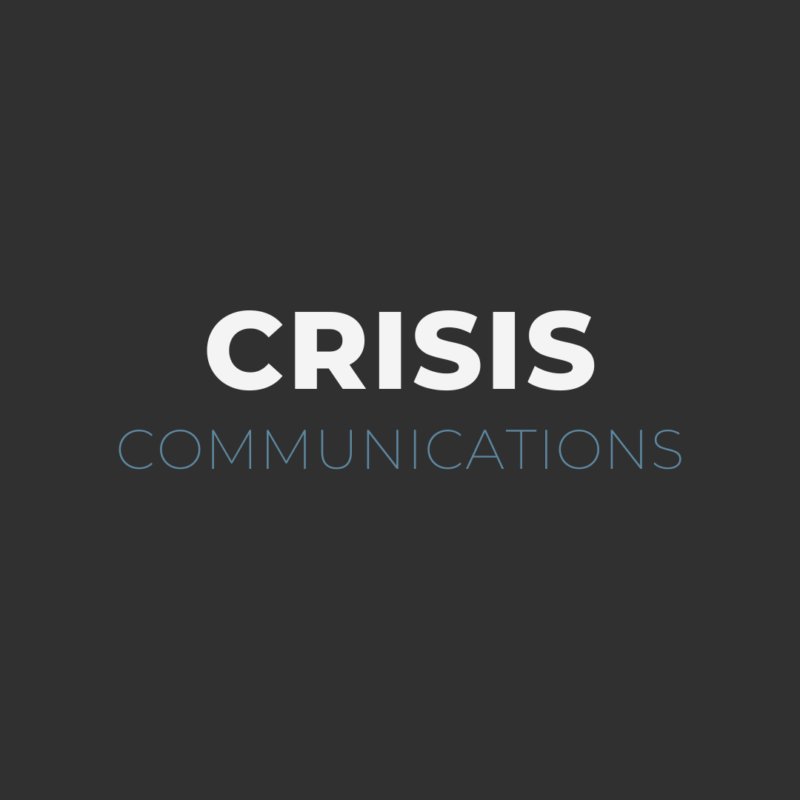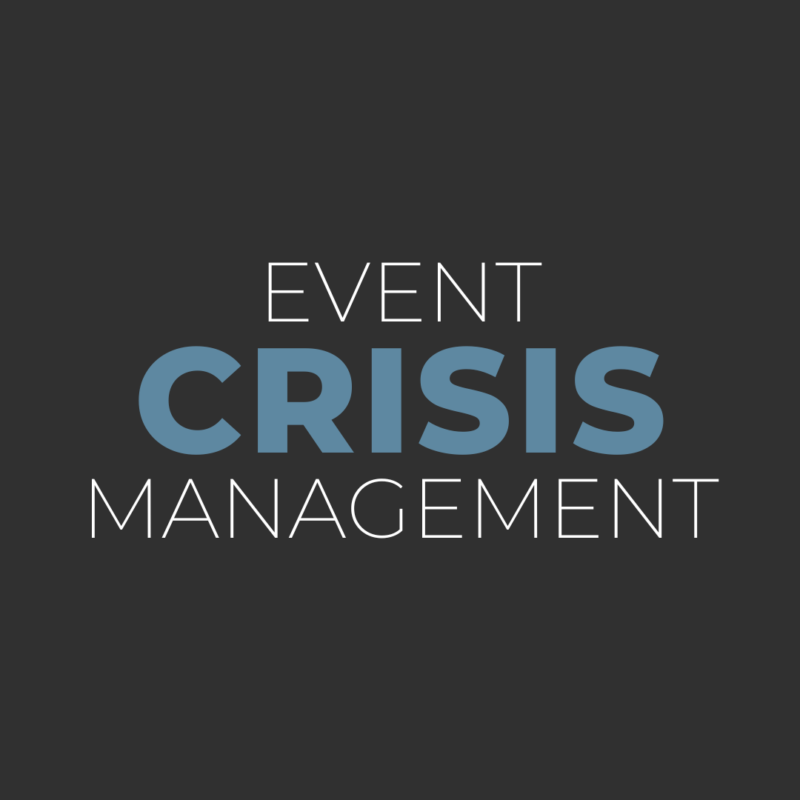It’s not polite to stare – but you have to assess.
Four areas to review when assessing your competition’s crisis to help strengthen your future response.
I got into my first car accident while rubbernecking. You don’t have to chastise me, my 16-year-old self received a thorough lecture from a well-meaning police officer. Thankfully, no one was injured and no cars were damaged in my gentle fender bender. Even 15 years later, with a rubbernecking offense in my pocket, I still find my eyes wandering to the side of the road when I see an accident on the shoulder. It’s a natural curiosity to figure out what happened, maybe so I can prevent it from happening in the future.
That curiosity can be part of a healthy reflection and proactive planning process. When you run a business or support corporate communication, you could find yourself at the forefront of a crisis whenever you open your inbox. The more prepared you are to respond, the better you’ll fare. And there is no better way to prepare than to evaluate the misfortunes of similar organizations. It’s not polite to stare, but it’s wise to investigate and create a mitigation plan that could prevent the same fate. Timing is critical in the digital era – your next crisis could be approaching.
When a peer organization confronts a crisis, you can assess several facets of crisis management and communication as an outsider. Here are my recommendations to get started.
Review what they said (or didn’t) before the crisis announcement.
Scroll back through social media content, email newsletter archives, website articles and other content in the few days leading up to the crisis. Are there any hints you can pick up on? Organizations may flood feeds with content, stop posting altogether or turn off comments in the days leading up to a crisis. If it’s something they’ve known about for a while, they may have developed an entire campaign to support changes they’re planning behind the scenes in light of a pending crisis announcement. For example, a company investigating a data breach may launch a new cybersecurity plan knowing that information about a years-old breach is coming. Take note of subtle or not-so-subtle changes to the language, post frequency or overall content.
Review the initial announcement.
What did the company say and what media did they use? Can you discern a timeline for message rollout? Understanding who heard the news, in what fashion and when can help you create a priority messaging plan for your next crisis. When you review their statement, get granular. What words did they choose? What alternatives might have worked better? Was an element of the distribution particularly strong or effective? Can you discern whether legal or PR prevailed in distributed messages? Answering all of these questions can help you refine your own future crisis communication language.
Review the coverage and responses.
Beyond what the organization said, read how people and the media responded to it. Depending on the nature of the crisis, criticism could be unavoidable. However, the nuance to watch is whether they are criticized for the root cause of the crisis or their response to it. Reviewing the critiques levied against your competitors following a crisis can shore up your practices and reinforce your plan to avoid similar dialogue.
Review the changes after the fact.
Once the dust settled and the core issues were resolved, what long-term changes (in communication and practice) did your peer organization make? How did they share the news? You’ll want to review what they did, how they relayed the changes and how they engaged with consumers throughout the process. This step is especially important – you may want to implement some of these changes now before you find yourself in a tough spot.
So next time you want to slow down and stare after a crisis, give yourself a little grace and schedule some time on your calendar to dig deep. After all, it’s market research! If you don’t have time to devote to crisis analysis and prep, I know a reformed rubbernecker who can help. Send us an email, and we’ll help you get started!


